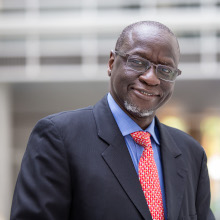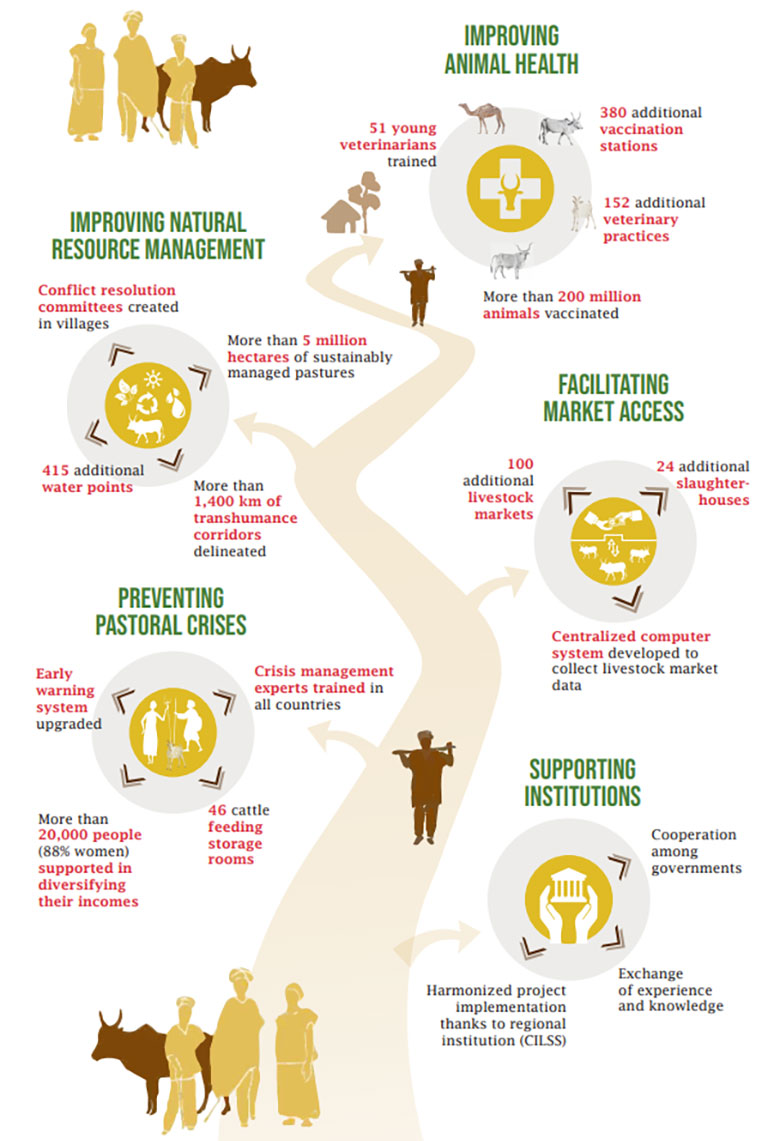One morning in February, in Kaffrine Region, Senegal, Kaffia Diallo emerged from her tent. She is happy; her new grandson was born just two days earlier. “A beautiful baby,” she said, “although I wish he weighed a little more.”
Following tradition, they will wait seven days before giving him a name. Surrounded by their herds of cows, sheep and goats, Kaffia helped her daughter with the birth in their tent in the middle of the brush, far from the closest medical center. This is nothing new for Kaffia. She comes from a family of livestock herders who seasonally move their herds from one place to another, along with some 800,000 herders in Senegal and millions of others throughout the Sahel.
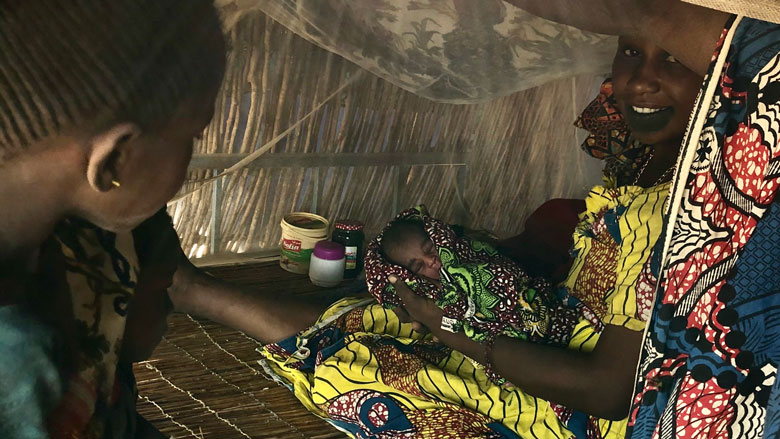
“We have always been a family of herders and I began moving our herds when I was 15 years old,” Kaffia explained. “But now that I am old, I stay in the village and take care of my grandchildren. This year was an exception because my daughter was pregnant.”
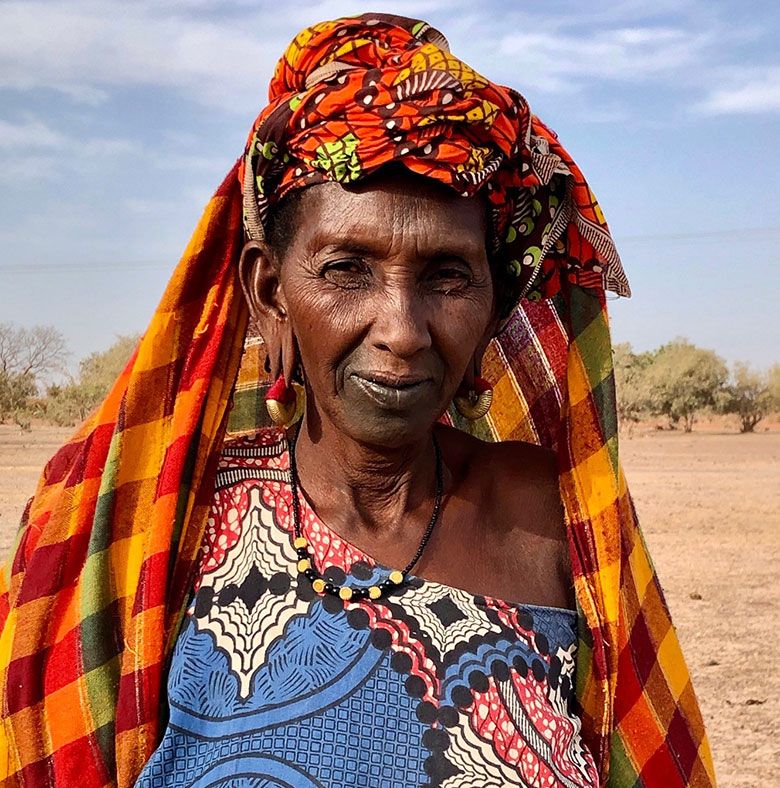
Climate change is a reality here
They travel by cart in search of food for their own herd and the herds they care for on behalf of uncles, cousins and farmers in their village who also raise cattle.
“When our animals have eaten all of the available grasses, we move south, sometimes as far as the Gambian border,” explained Kaffia, her eyes weary and her face weathered by years of relentless sun, wind and dust.
It is a months-long journey that pastoralist populations often take with several families. When the first rains return in June, they head back north. But as Kaffia explained, “This year, as the grasses became scarce earlier, we had to head out in October.”
Here, climate change is not an opinion, it is a reality. The rainy seasons are growing shorter and the dry seasons are longer, sometimes lasting up to nine months. The drought in 2010 was particularly arduous. In Niger, it is estimated to have killed more than 4.8 million head of cattle, roughly 25% of the herd, representing a loss of more than $700 million for the country’s economy.
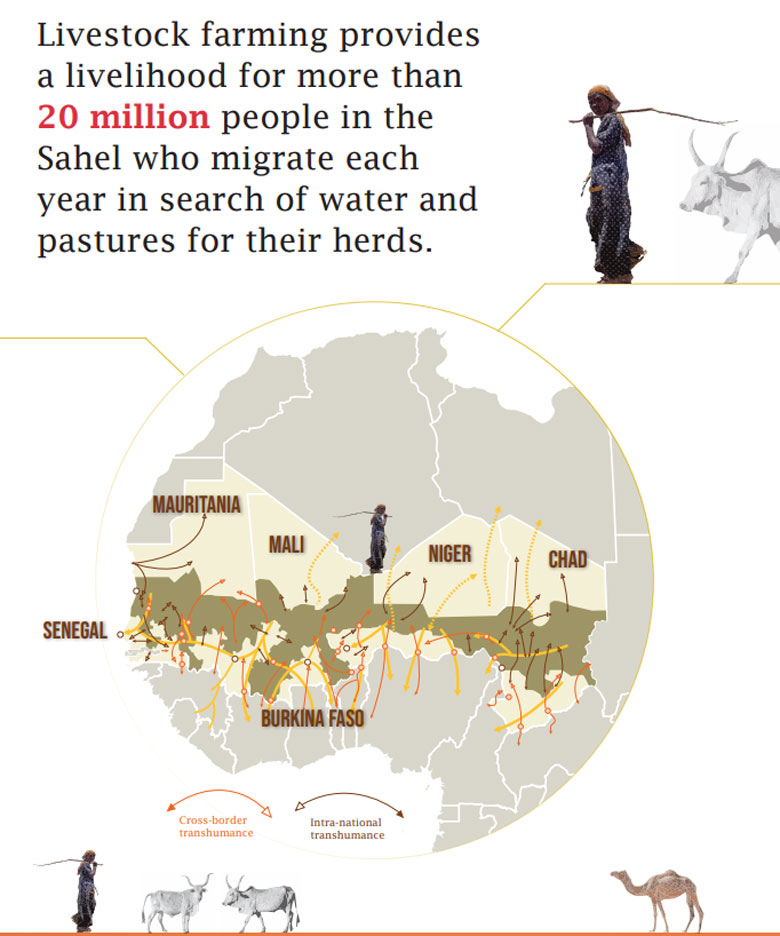
A fragile balance
Even though the routes change depending on water points, pastures and the constraints of the growing insecurity in the region, herders generally use the same roads. This creates long-lasting links between the resident farmers and herders.
“Each year we put up our camps close to the same villages where we sell our products, buy food and take water from the collective wells. If necessary, we go to the doctor or have our animals cared for.” said Kaffia, who has “about” 250 goats and sheep and a dozen cows. In the Sahel, no herder says exactly how many heads they have for fear of bad luck.
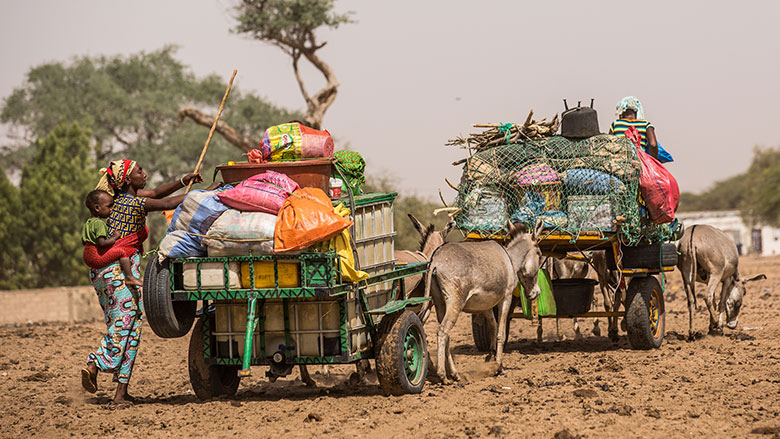
They help improve vast tracts of non-arable land and serve as an economic lung for the region. They also contribute to agricultural productivity by grazing their herdson fields after the harvest thereby fertilizing the soil, and to food security by selling their milk and animals on the road.
While this coexistence is generally harmonious and is part of a win-win ecological cycle, it can also be a source of tension. Water has become increasingly scarce and farmers are expanding their fields as the population grows, encroaching on pastoral regions and transhumance corridors.
“Migrant herders are arriving earlier and earlier, before the end of our harvests and sometimes the animals destroy our fields,” said Hamadj Barry, mayor of a village near the Kaffia family encampment.
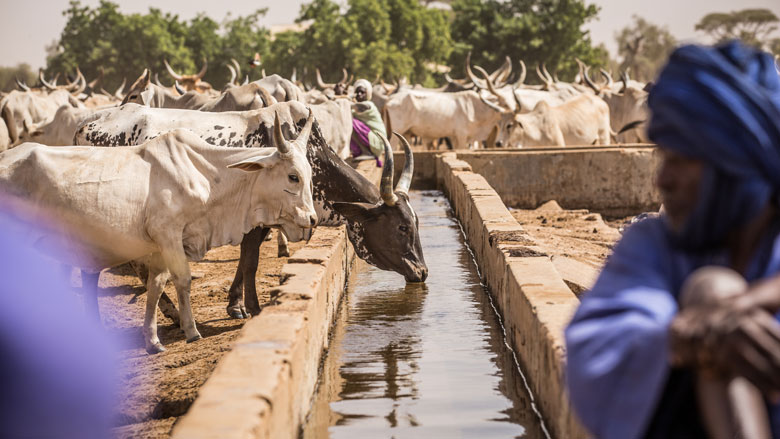
The situation has been complicated in recent years by long periods of drought, growing insecurity in some countries of the Sahel, and more and more restrictions on the movements of herds and herders among the countries of West Africa. This has seriously disrupted traditional herd management methods, resulting in more frequent and potentially more serious conflicts.
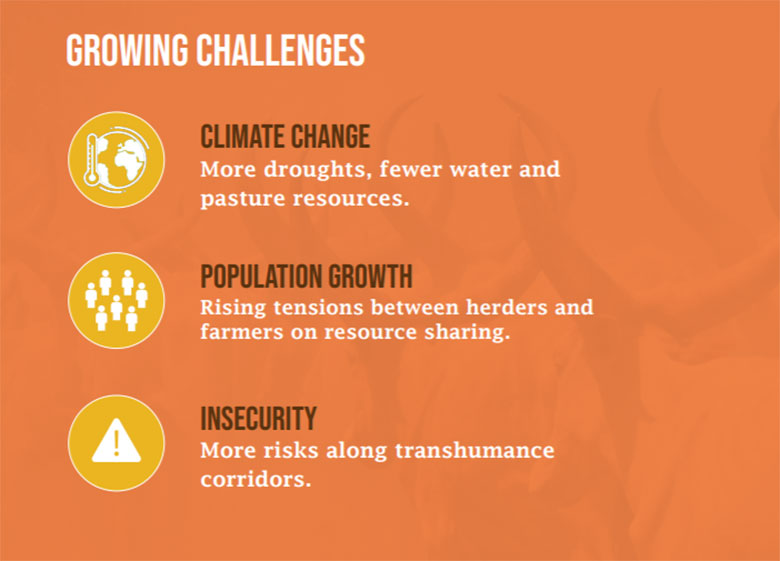
PRAPS: A project benefitting millions of pastoral and agropastoralist families
Despite the challenges, the situation has been peaceful in Hamadj’s village for some time now. Herders and villagers have learned to listen to one another and engage in discussion to find solutions.
“We welcome the herders and show them where they can set up their encampment,” explains Hamadj, who is also the head of a dialogue committee that promotes social mediation. “We also make them aware of their rights and their obligations.”
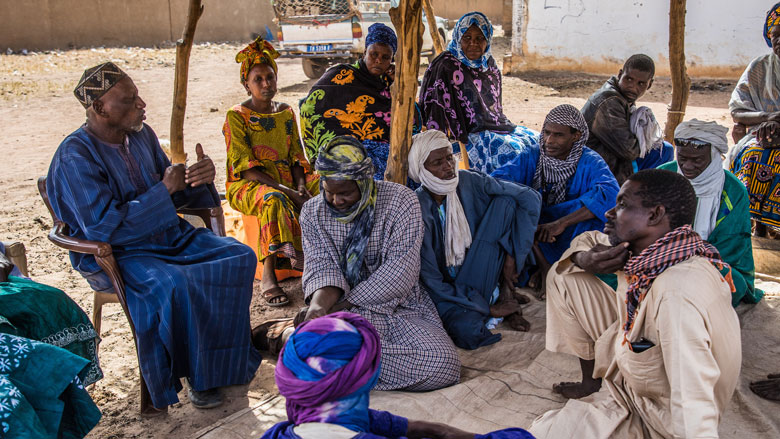
These committees complement other related actions taken by the Senegalese government since 2015 under the Regional Sahel Pastoralism Support Project (PRAPS). Deployed in six countries of the Sahel—Burkina Faso, Chad, Mali, Mauritania, Niger and Senegal—PRAPS aims to protect pastoral systems by improving resource management and animal health, facilitating access to markets, diversifying sources of income for pastoral households and managing conflicts. It is supported by $248 million in financing from the World Bank through the International Development Association (IDA), and coordinated by the Permanent Inter-State Committee for Drought Control in the Sahel (CILSS).
